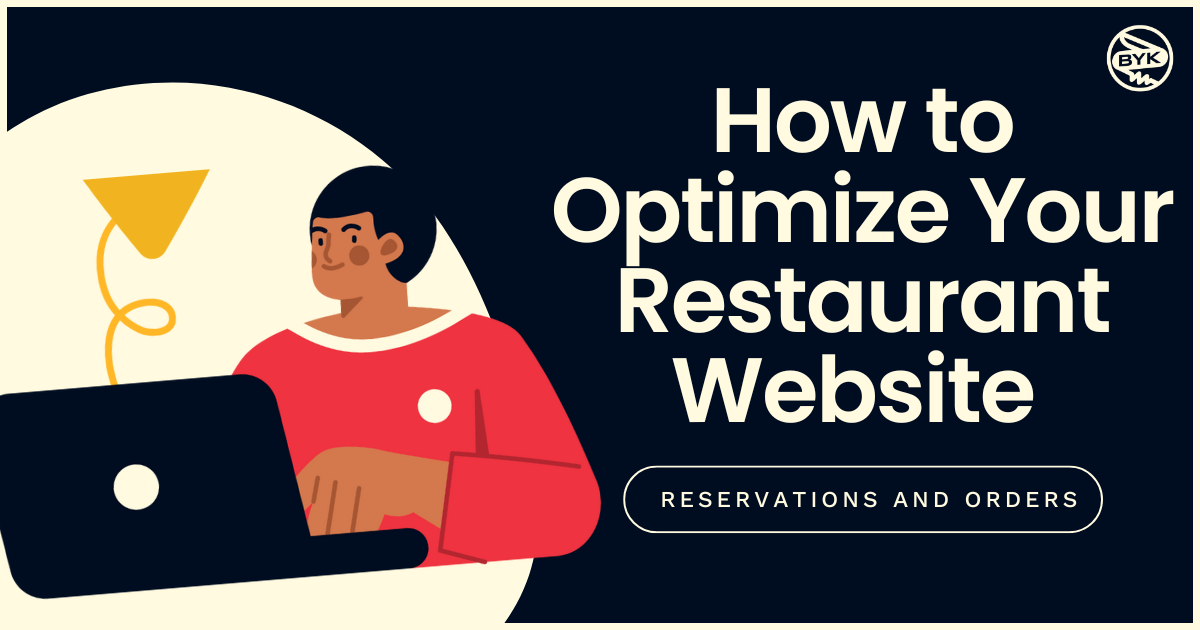Engagement, engagement, engagement. The holy grail of social media today. If you’ve got high engagement, your page is pretty much automatically considered “successful,” so it is highly sought after to say the least. We’re here to drop some knowledge on everything engagement – from what it is, to why it matters, and how to increase it on your platforms.
What is Engagement?
Engagement is a broad term used to describe the level of interaction your posts are getting. It means basically the same thing on social media as it does in everyday life. By being engaging, you are holding people’s attention, encouraging them to respond, and keeping them entertained. However, in terms of social media engagement, it goes a bit beyond just the way a post is written or presented. Not only does a post need to seem “engaging” by the standards above, but it also needs to be getting a certain level of reaction and attention. That brings us to our next topic: the ways in which engagement is measured.
How do you Measure Engagement?
Notice above we said “ways” engagement is measured, not “way.” That is because there is not a set industry standard for the measurement of engagement. Different people and companies use slightly different metrics when determining engagement level. Some people look at the number of likes on a particular post, some people look at comments, while others pay more attention to shares or saves.
It is pretty universal to look at whatever metric you have chosen in proportion to the number of followers the channel has. 100 likes on a photo is impressive for a channel with 200 followers, but less so for a channel with 10,000 followers. Engagement tends to be seen as the percentage of the following that is engaging.
Most people also agree that engagement should be measured as an average of multiple posts on a page – merely looking at one post or photo is not enough to determine an engagement level. Exactly how many posts need to be considered, whether outliers should be removed from calculations, and what time frame is relevant for determining engagement are all up for debate and vary widely, depending who you ask.
What are the Benefits of High Engagement?
Engagement is good for your brand because your posts are yet another way you can interact and build relationships with your customers and potential customers. The more interactions you are having, the better. Your page can also benefit from higher engagement outside that scope. On most sites, engagement factors into the algorithm of who will see your posts. More popular posts tend to be shown on followers’ feeds more often. Highly engaged-with posts are also more likely to appear on discover pages, so even people who are not yet following your page can see it. This can help grow your following even further.
How do you Increase your Engagement?
There are other tips and tricks, but your content is ultimately the most important factor in increasing your engagement. You want your posts to provide value to your audience, whether that is information, entertainment, or something unique they can’t find on other pages. Make sure your posts are created with your target demographic in mind – speak in the way your intended audience speaks to try to connect with them. You also want to optimize the engagement on your photos by including questions, polls, or other calls to action to encourage your followers to engage. We hope that provides a useful window into the world of social media engagement. While it is not always the easiest thing to define and measure, it is extremely valuable to your brand, so however you measure it, always be sure to be focusing on increasing your engagement.




